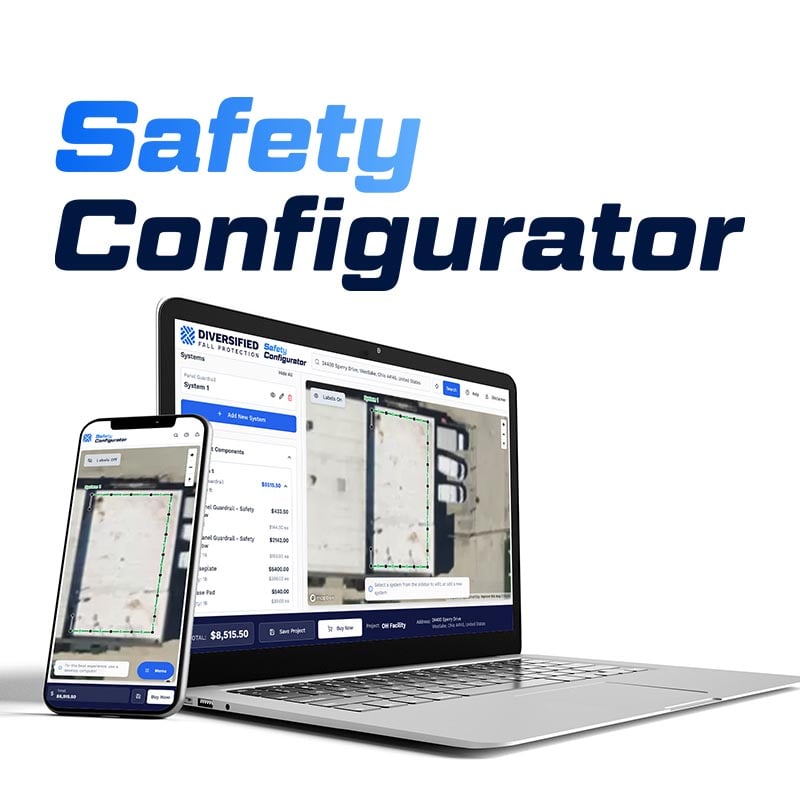Vacuum Single Point Anchors
Vacuum Based Single Point Anchors are ideal for aircraft maintenance and inspection applications, providing temporary OSHA compliant tie-off capability where and when your mechanics need it. Unlike rigid rail fall protection systems which can be cost prohibitive and ground based lift devices that can damage aircraft, vacuum anchors are versatile, simple to use cost effective solutions that rely on compressed air to suction the anchor to the surface of the aircraft. Vacuum anchors can be used for single point fall protection, or paired to create a temporary Horizontal Lifeline (HLL).

Design Considerations
Vacuum Single Point Anchors provide a critical fall protection solution for aerospace and aircraft maintenance professionals, ensuring compliance and safety when working on fuselages, wings, and other elevated surfaces. Designed specifically for the aviation industry, these anchors are lightweight and portable, weighing less than 13.5 lbs, making them easy to transport and deploy across different work areas, including hangars, tarmacs, and remote maintenance locations.
Engineered with aircraft safety in mind, these anchors prevent metal-to-metal contact, protecting delicate surfaces from scratches, dents, or other damage during maintenance and inspections. Their design allows for a secure hold on both wet and dry surfaces, ensuring reliability whether the work is performed indoors or in an open-air setting.
Powered by compressed air or nitrogen, the system operates without electricity, eliminating ignition risks and making it intrinsically safe for use around fuel tanks, avionics, and other sensitive areas. Once installed, the anchor provides a stable, hands-free tie-off point, allowing maintenance personnel to work efficiently while staying protected from fall hazards.
Optimized for the demands of aircraft maintenance, this system is designed for single-user operation or to create a temporary horizontal lifeline system.
See Our Vacuum Anchor Points







Related Markets
Diversified Fall Protection is a complete turnkey provider of fall protection systems designed for the aviation industry and have years of design and installation experience in this market sector. Contact us for expert assistance with your fall arrest, fall restraint and fall protection safety requirements.

b-1.jpg?width=1368&height=1340&name=Rail%20(175)b-1.jpg)


.webp?width=2000&height=1500&name=Aircraft%20(55).webp)